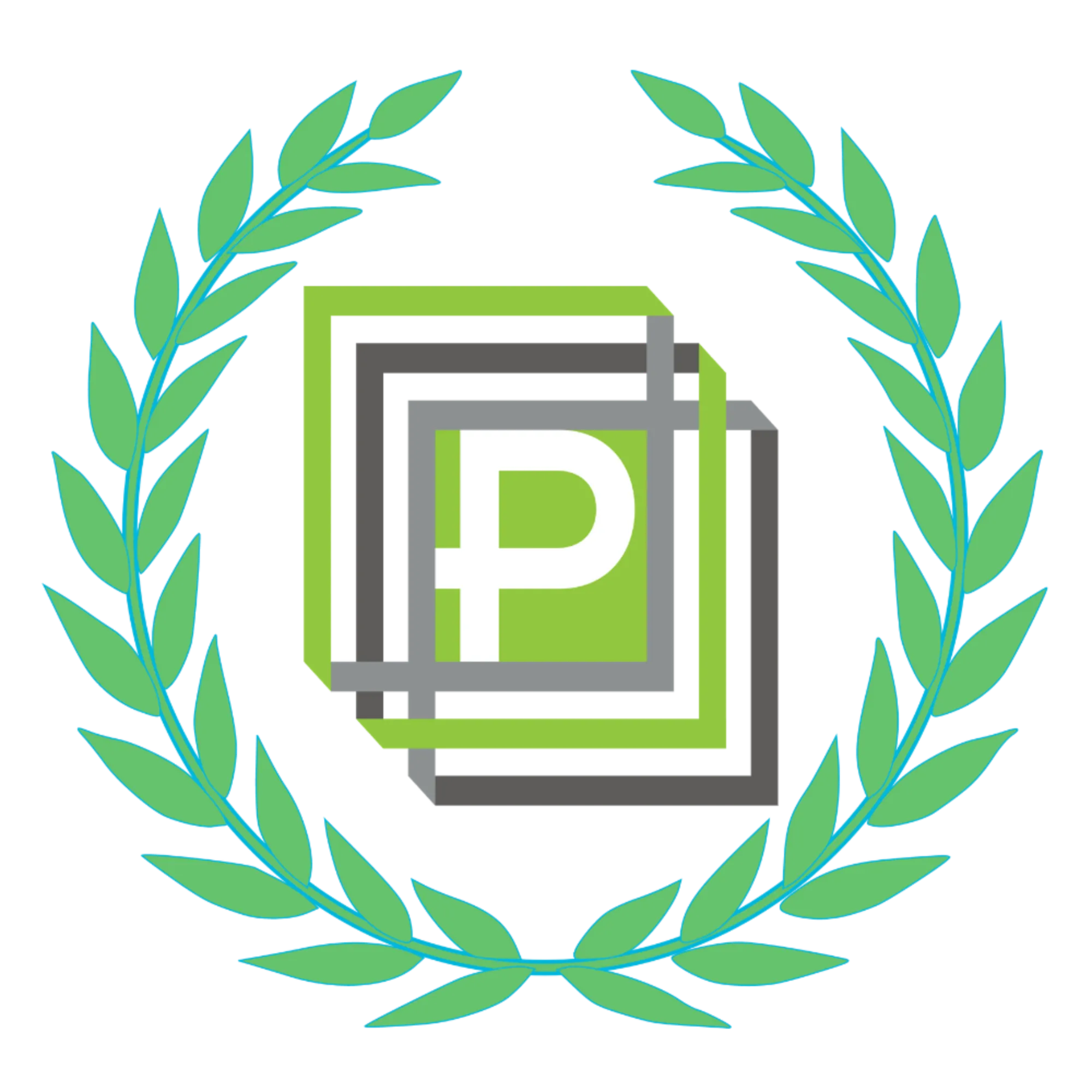Keyword search has been the go-to method for electronic discovery (ediscovery) for decades. But with the increase in data volume and variety, keyword search is no longer enough to accurately and efficiently identify relevant documents. Enter large language models, the newest innovation in ediscovery technology. In this article, we’ll explore why keyword search is no longer enough for ediscovery and make the case for large language models.
Why Keyword Search is No Longer Enough for Ediscovery
The main problem with keyword search is that it’s too limited. It can only identify documents that contain exact matches of the search terms, and it can’t account for variations in language or contextual meaning. For example, if you search for "car accident," you might miss documents that mention "vehicle collision" or "traffic incident." This can lead to incomplete or inaccurate results, which can be costly and time-consuming to correct.
Another challenge with keyword search is that it can be easily manipulated. A savvy user can hide important documents by avoiding certain keywords or using ambiguous language. This can be especially problematic in legal cases, where key evidence can make or break a case. Large language models offer a more comprehensive and objective approach to ediscovery by analyzing the entire context of a document, not just specific keywords.
The Case for Large Language Models in Ediscovery
Large language models, such as OpenAI’s GPT-3 or Google’s BERT, use machine learning to analyze natural language text. They can understand the context, syntax, and sentiment of a document, which enables them to identify relevant documents more accurately and efficiently than keyword search. They can also recognize synonyms, antonyms, and other language variations, which reduces the risk of missing important documents.
Large language models also have the advantage of being less susceptible to manipulation. Because they analyze the entire context of a document, they can identify documents based on their overall meaning, not just specific keywords. This makes it harder for users to hide or obscure important information. Large language models also allow for more sophisticated search queries, such as searching for documents that contain a certain sentiment or tone.
In conclusion, keyword search is no longer enough for ediscovery. With the increase in data volume and variety, a more comprehensive and objective approach is needed to accurately and efficiently identify relevant documents. Large language models offer the most promising solution to this problem, thanks to their ability to analyze natural language text and understand the context, syntax, and sentiment of a document. As ediscovery technology continues to evolve, we can expect to see more innovations in this space, including the use of large language models to improve accuracy and efficiency.


